- Bonder & Flip Chip
- Atmospheric Plasma Cleaner
- Vacuum Plasma Cleaner
- Spin Rinse Dryer
- Dispensing & Micro/Nano Printing System
- Lithography Process Systems
- Diffusion and LPCVD Furnaces
- Rapid Thermal Processing & Annealing
- Vacuum Soldering Systems
- Parylene Coating System
- Deposition System
- Hollow Cathode Plasma Source
- Plasma Etching System
- Sintering Presses
- Wet Process & Plating Tool
- Vacuum Chamber
- Electron Beam & Photo Resist
- Deposition Materials
UV Bonder
Particularly when processing temperature-sensitive chips, bonding technologies which reduce material stress on the chip are inevitable. In such cases, bonding processes that enable a stable connection between chip and substrate without high temperatures and pressure are used. This manufacturing process can also be implemented inline using Tresky’s UV bonder.
Category: Die Bonder
Description
UV Bonding is Often Used for Inline Processes and Temperature-Sensitive Components
UV Bonding is a special bonding technology that uses ultraviolet (UV) light to cure or harden liquid adhesive. Unlike the use of epoxy, which requires different times and temperatures to cure depending on the type of adhesive, UV adhesive remains in its liquid state until it is exposed to high-energy UV radiation.
The UV adhesive is applied to the surface using a dispenser. The chip is then placed in the liquid adhesive by the bond head. The advantage of this technology is that the UV adhesive does not cure until the UV light source is applied. Because of that, the moment of curing can be precisely defined. Furthermore, the UV adhesive has a very short curing time or requires only a short activation to fix the component, with the final curing occurring afterwards.
UV bonding is frequently used in inline processes and for temperature-sensitive components.
Added Value
Reduction of Material Stress
Due to low to non-existent thermal stress and low contact pressure, the UV DIE bonding process significantly reduces material stress during processing on the chip.
Flexibility
The respective curing times can be freely selected.
Cycle Time Optimization
By using the UV light, curing of the adhesive can be carried out quickly and efficiently, even inline.
Variable Parameters for UV DIE Bonding are
- Adhesive quantity
- Dispensing pattern
- Contact pressure
- Bonding time
You can find more information here
Reviews (0)
Be the first to review “UV Bonder” Cancel reply

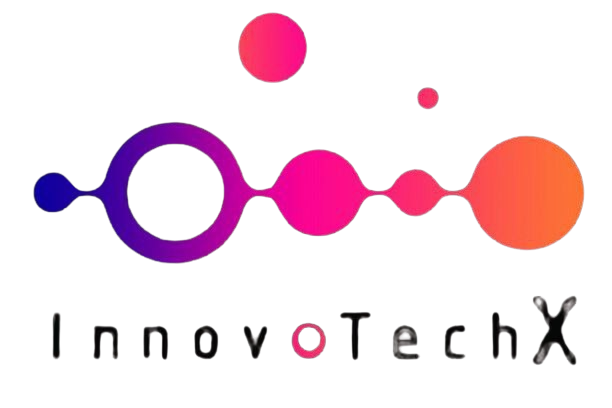
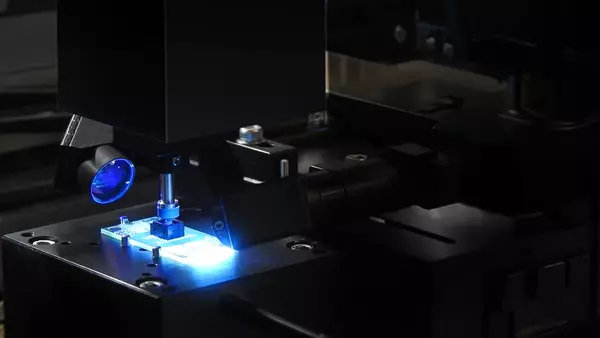
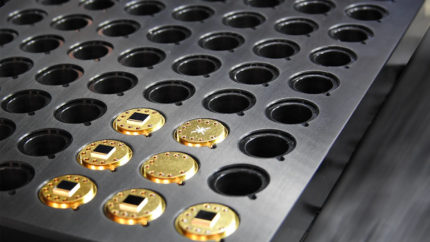
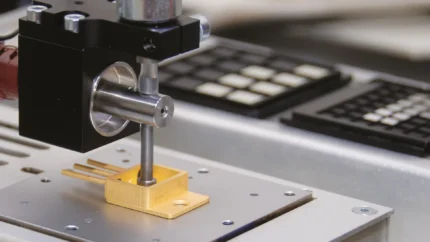
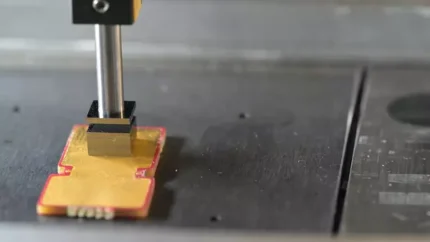
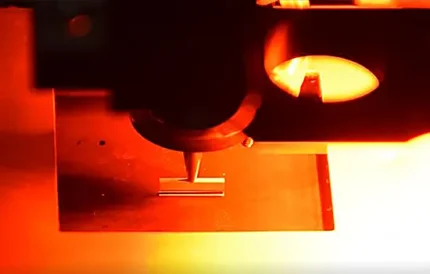
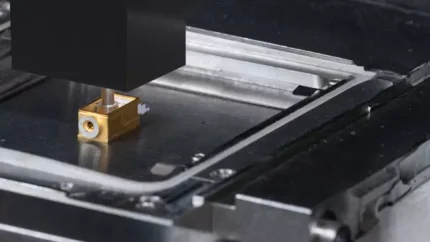
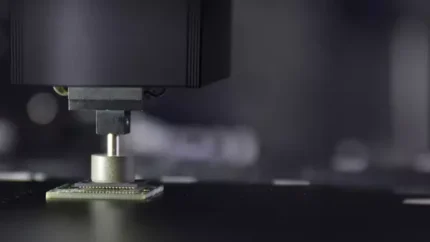
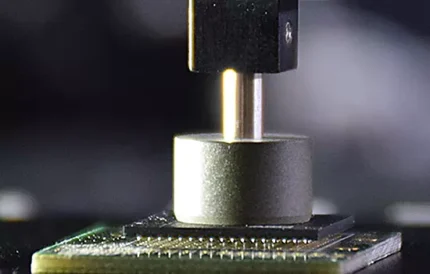
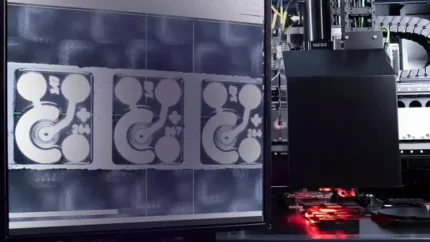
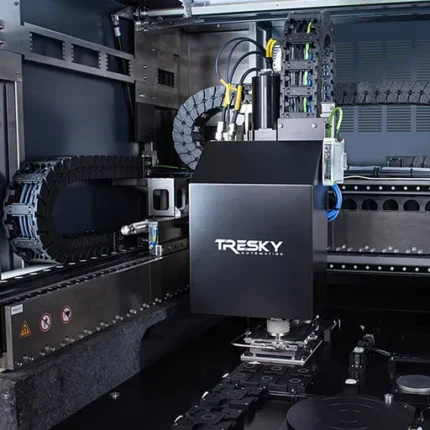
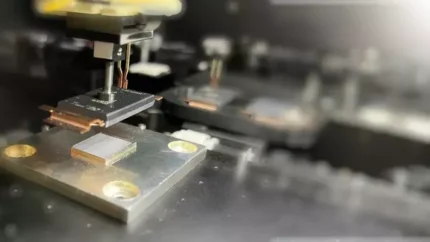
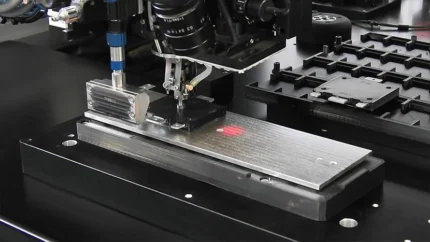
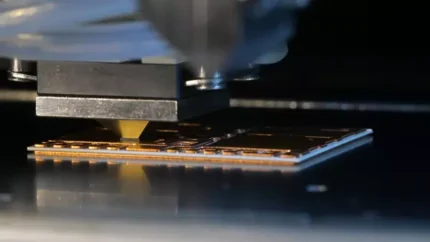
Reviews
There are no reviews yet.